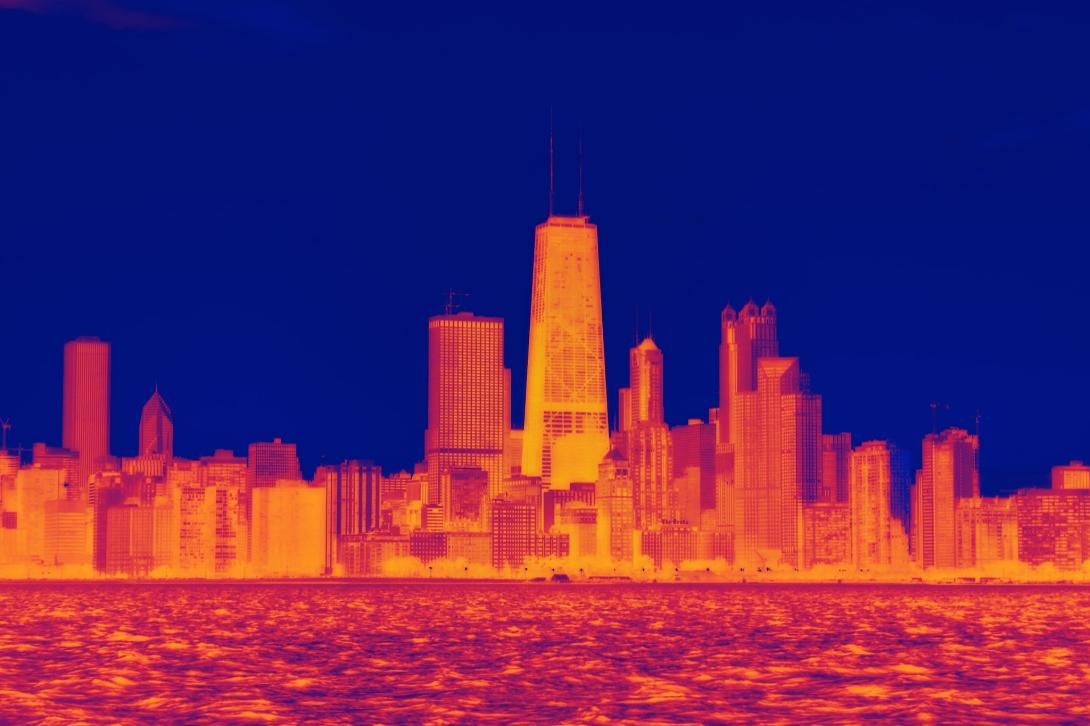The effects of urbanization and climate change are converging in dangerous ways. Global warming is likely to reach 1.5°C between 2030 and 2052, and approximately 3°C in 2100 based on current national government commitments. This will have disastrous impacts on cities (UN Habitat).
The urban poor is indeed increasingly vulnerable: more than 1 billion people live in slums and informal settlements and are highly vulnerable to climate change.
In the coming decades, hundreds of millions of people in urban areas are likely to be affected by rising sea levels, increased precipitation, inland floods, more frequent and stronger cyclones and storms, and periods of more extreme cold and heat.
When a city experiences much warmer temperatures (due to human activities) than nearby rural areas we are faced with a case of an urban heat island. This temperature difference occurs when cities’ unshaded roads and buildings gain heat during the day and radiate that heat into the surrounding air. Urban heat islands are one of the easiest ways to see how human impact can change our planet.

Credits Dustin Phillips
